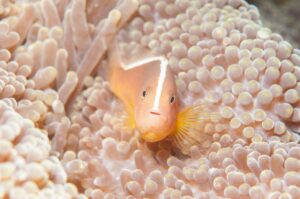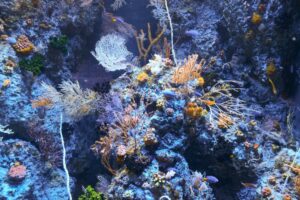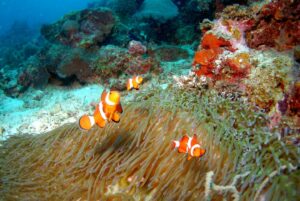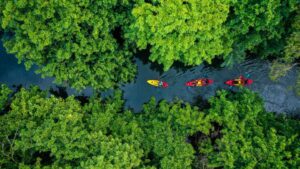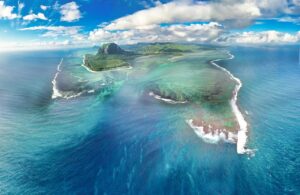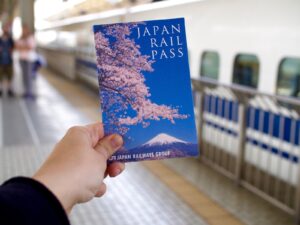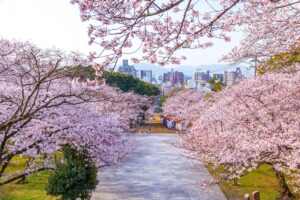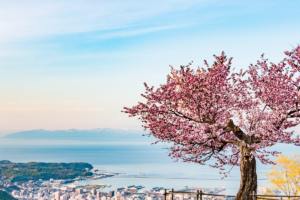Seismic activity is very high in Japan, and, due to this, a large number of thermal hot springs are found on its territory (there are more than 2000 of them). Japanese hot springs, or onsens, are renowned for their therapeutic properties. The mineral-rich waters are believed to have various health benefits, including soothing sore muscles, improving circulation, and relieving stress. Onsen bathing is deeply ingrained in Japanese culture and has been practiced for centuries. Visiting an onsen allows you to experience a traditional aspect of Japanese life and etiquette.
Keep reading our visitor’s guide to the best onsen resorts in Japan that worth checking in 2024.

Hot Springs in Japan General Info
The word “onsen” means both hot springs and baths, and all tourist establishments located nearby. This type of pastime is very well suited for people who want to relieve stress, forget about routine business, merge with nature for a while.
Japanese onsen baths are mostly located in mountainous areas. You can visit Japanese hot springs all year round, even during winter months.
If you plan to spend several days at hot springs, you can stay in ryokan. Such hotels are being built not far from the places where hot springs are located. You can stay in some luxury hotels with single, private baths. However, the prices are usually super high there.
The average tour price to one of Japanese onsens is about $ 2,000 per person per week.
Click here to book visit to Solaniwa onsen in Osaka.
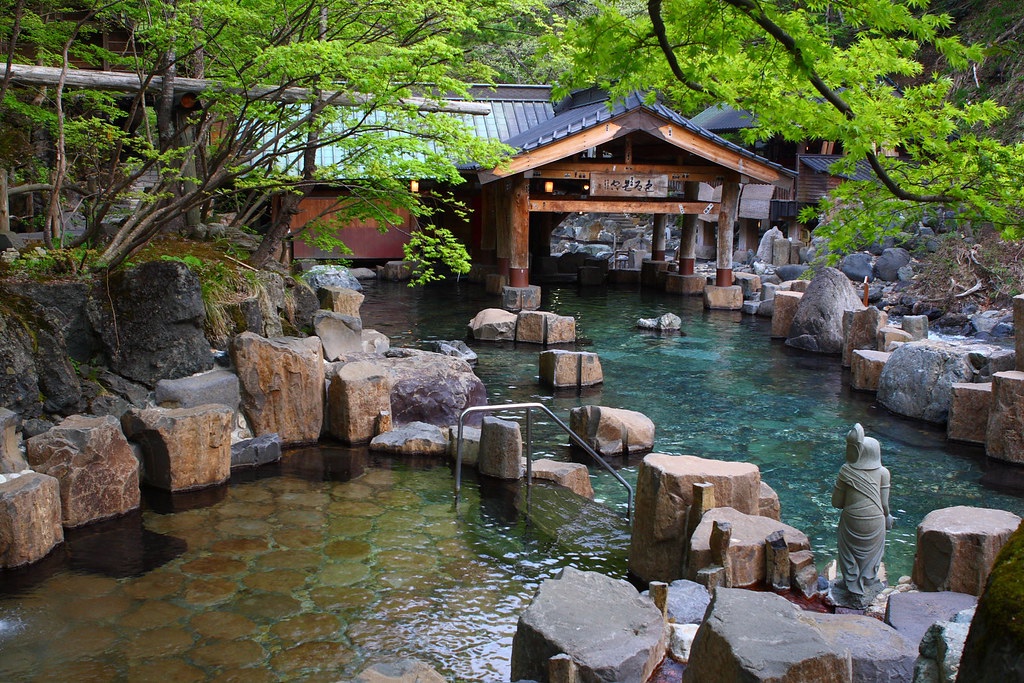
Japanese Onsen Baths Types
There are several types of onsen in Japan:
- Indoor baths. This type is the most widespread in Japan. Covered. You can dive into the source in a specially built for this bath.
- Outdoor or rotemburo.
- Private or family baths.
- Mixed-gender, but mostly onsens are divided for men and women only.
- Foot bath.
- Sand bath.
- Waterfall bath.
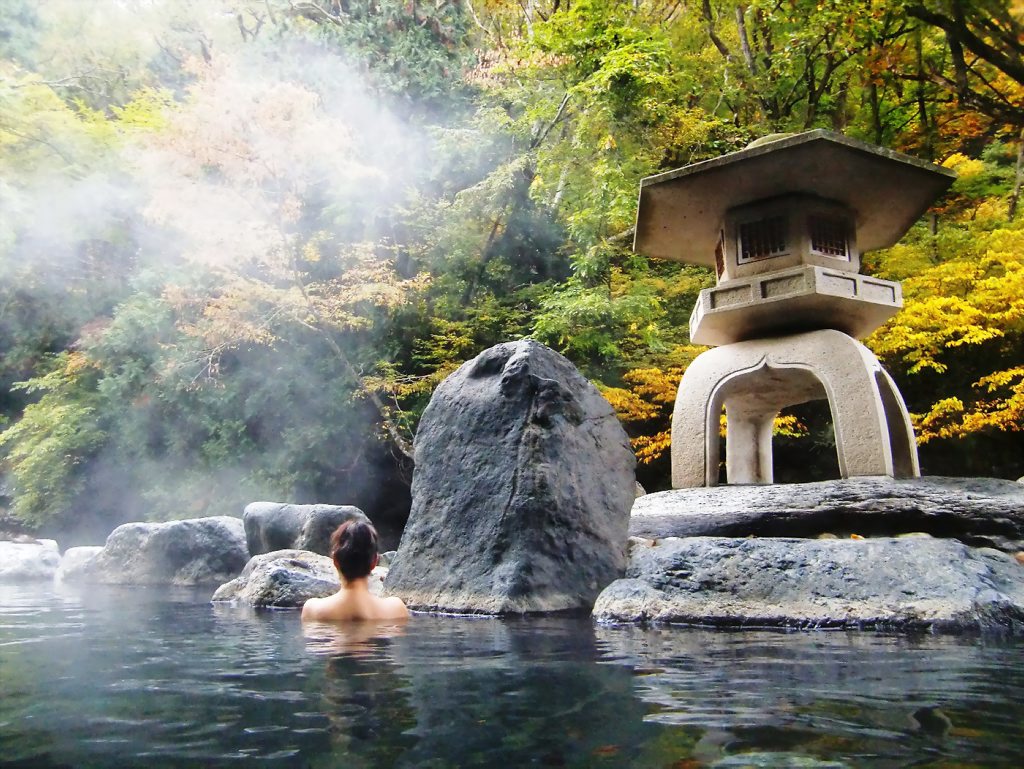
Water Composition
Depending on water components, thermal waters are divided into the following types:
- hydrogen sulfide;
- salt;
- containing carbon dioxide;
- glandular.
Best Hot Springs in Japan
There are onsens in almost every region of the country. The best hot springs in Japan include the following resorts.
Kutatsu Onsen
Japan’s largest hot spring that comes to the surface at Yubatake in the city center. Sulphurous thermal water has been considered one of the best in Japan for centuries, and the spa town has repeatedly taken the lead in the onsen rankings.
Click here to make reservation.
Kurokawa Onsen
This hot spring resort town located in Kyushu. There are limited number of accommodation options in Kurokawa, visiting this place is more suitable for those looking for solitude and peace. In addition to thermal springs, you can go to the mountains.

Manza Onsen
This resort town is located at an altitude of 1800 meters above sea level. The waters of this hot thermal spring in Japan help improve metabolic processes and blood circulation. This place is especially popular during the winter months, when the nearby mountains are covered with snow.
Kurama Hot Spring
It is one of the best onsen located in Kyoto. It has both indoor and outdoor baths surrounded by picturesque nature. The bath has 3 jacuzzis and a sauna.
Sukayu Onsen
One of the oldest onsens, located at an altitude of 925 m above sea level in Hakkoda mountains. The total area of wooden baths is almost three hundred m2.
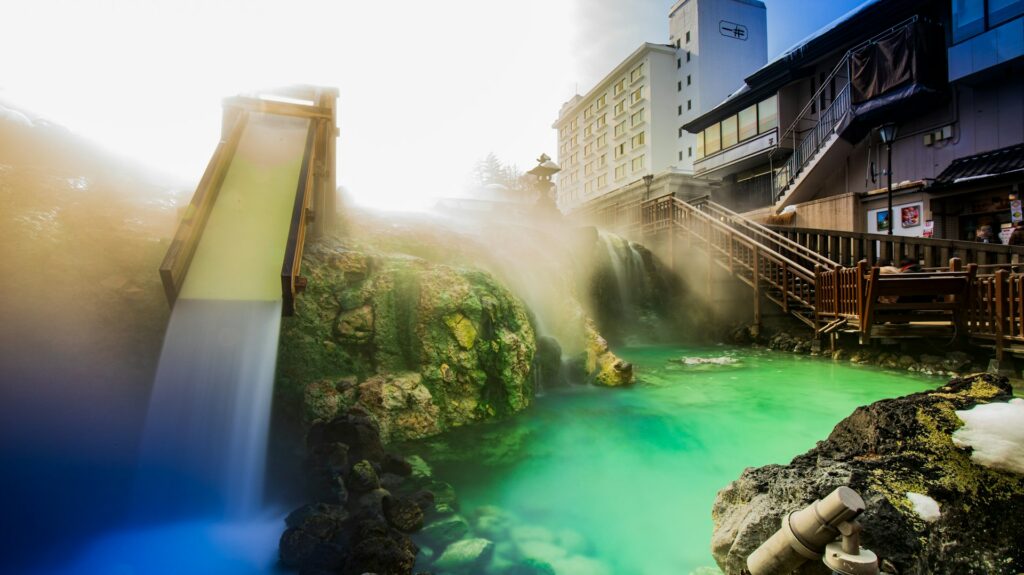
Oedo Onsen Monogatari
One of the best and largest onsen in Tokyo. There are 12 springs on its territory, there are jacuzzi baths; massage services are provided. Due to land lease expiration, this onsen is permanently closed.
Noboribetsu Onsen Hokkaido
This hot spring is located near Sapporo, about 1 hour 30 minutes drive. Every year, about 3 million tourists come here to relax and improve their health. The total volume of circulating thermal water is up to 10 thousand tons of liters per day.
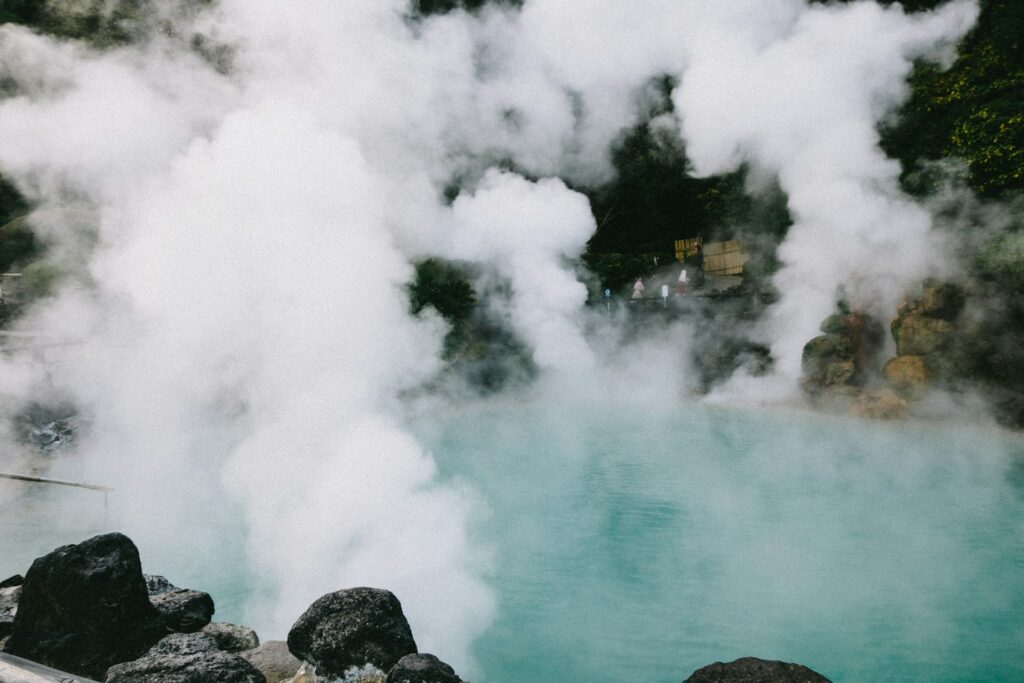
Hakone Hot Springs
There are about 20 thermal spas located in Hakone town and all of them are known under Hakone Hot Springs. It is known as “hot spring theme park” with hundreds of bathes you can try. Make sure to visit Ashinoko lake, located not far from this city.
Beppu Hot Spring Resort
Within just 1 minute, the health complex receives about 95 tons of water. Naturally, this requires a huge territory; and therefore, in terms of area, Beppu is second only to Yellowstone National Park in America.
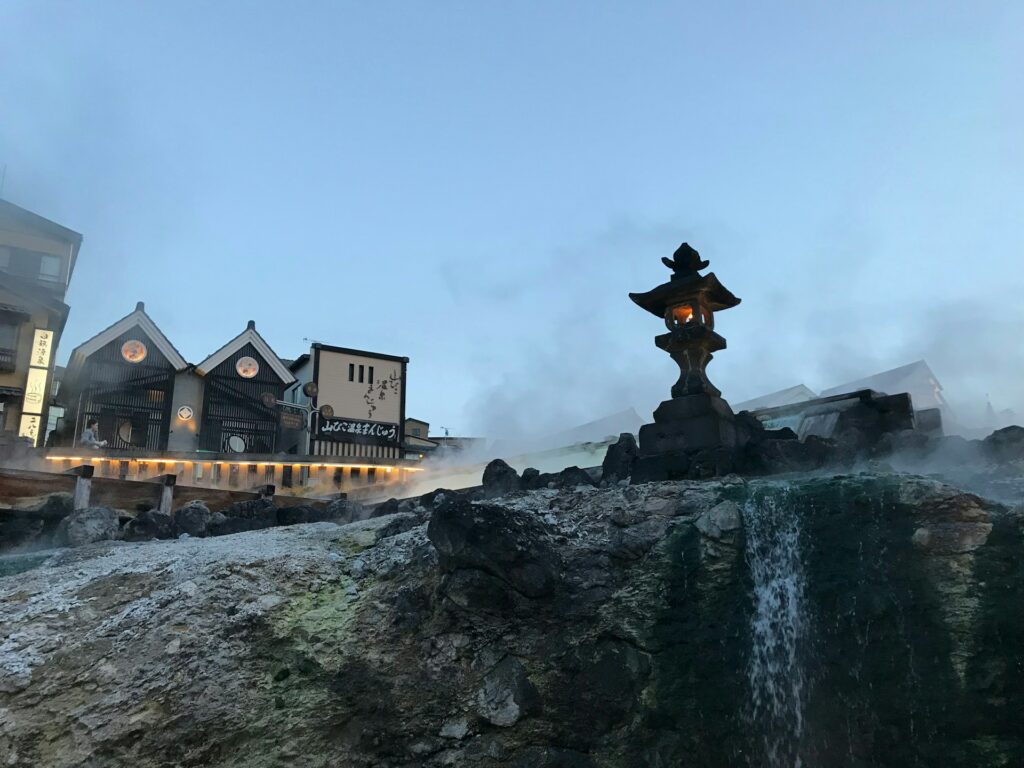
Nyuto Onsen
Located in Towada-Hachimantai National Park. The resort has eight thermal springs. Nyuto belongs to secluded places, so if you’re looking for peace and solitude go there.
Shibu Onsen
If you’re looking for some authentic experience, with so-called “traditional Japanese spirit” you should visit place. Some of ryokans (Japanese-style hotels) were built here as early as 400 years ago. This location is popular among tourists due to the proximity to the famous Snow Monkey Park.
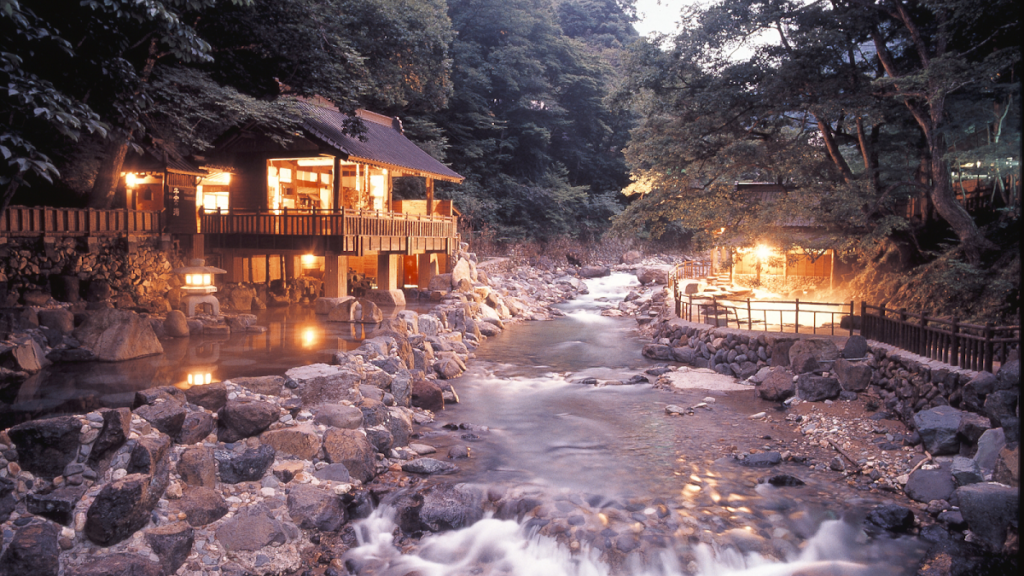
Rules for Visiting Hot springs in Japan
If you have any health issues, especially heart problems, you should be very cautious while visiting onsens. It is prohibited to visit hot springs if you suffer from cardiovascular system disorders.
The culture of spending time in hot springs in Japan has existed for many centuries. There are certain rules on how to behave while visiting hot springs in Japan. It is worth remembering that in case of violation of those rules, you may be asked to leave the place.
- Make sure to take a shower before plunging into the bath.
- It is allowed to enter the water only in the nude: no swimsuits or underwear allowed. All clothes, towels and other materials are considered dirty. The Japanese have a different attitude towards nudity, so no one pays attention to the naked body.
- While you shouldn’t be embarrassed about being naked when visiting an onsen in Japan, it’s okay to be modest. You will have a small towel to cover the spicy parts of your body as you make your way from the locker room to the onsen and back. If you pay attention to the locals, they do just that.
- Never dip a towel in water. Earlier, we have already talked about this. You will be given a small towel at the entrance to the onsen, most people wear it on their heads. This may sound strange, but don’t let it fool you, this is one of the few ways you can avoid polluting water by dipping a towel in it and not losing it.
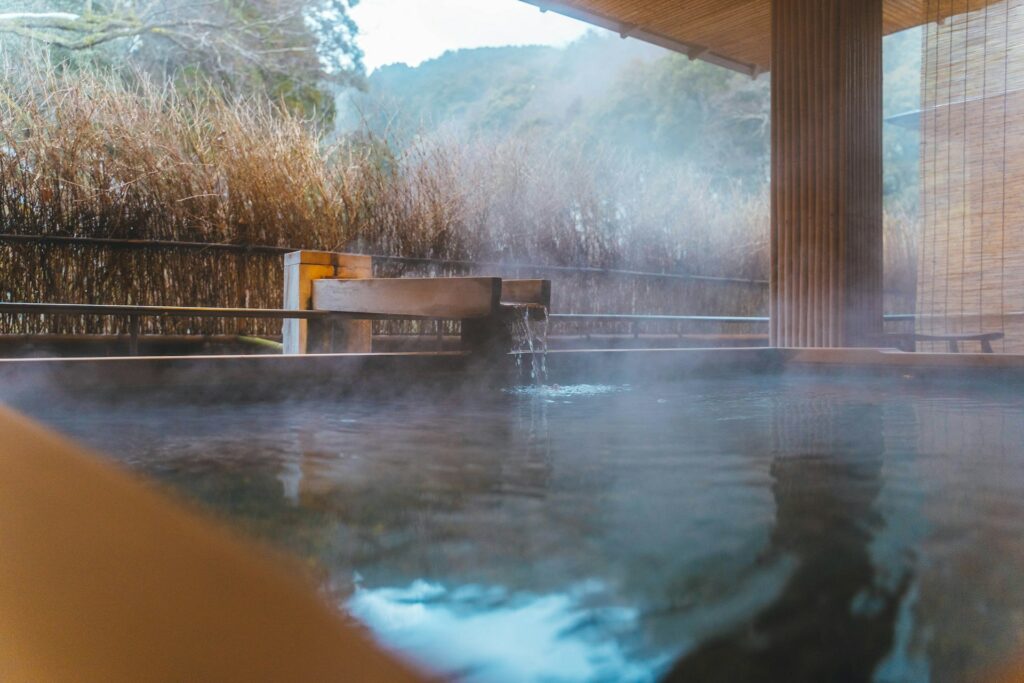
- Do not wash your hair in a thermal spring. The reason is simple: no one wants to bathe in a hot spring and watch someone’s hair float around. It’s not hygienic, to say the least. Secondly, various oils, creams and other products that are used for hair care can pollute the water.
- People with tattoos may have problems entering the onsen. The fact is that tattoos are historically taboo in Japan. They are associated with crime, rejection and punishment. In 2015, statistical studies were conducted that showed: 56% of hotels do not allow tattooed guests to enter the thermal springs. Of course things are improving now; however, many onsens still do not welcome tattooed guests. If your tattoo is small, then you can cover it with a band-aid.

